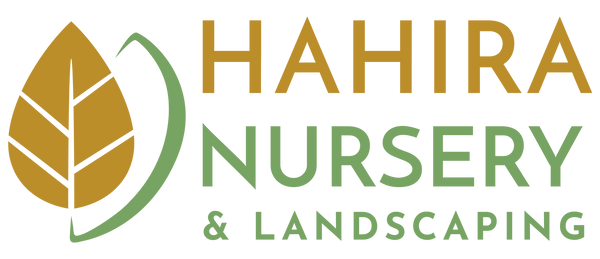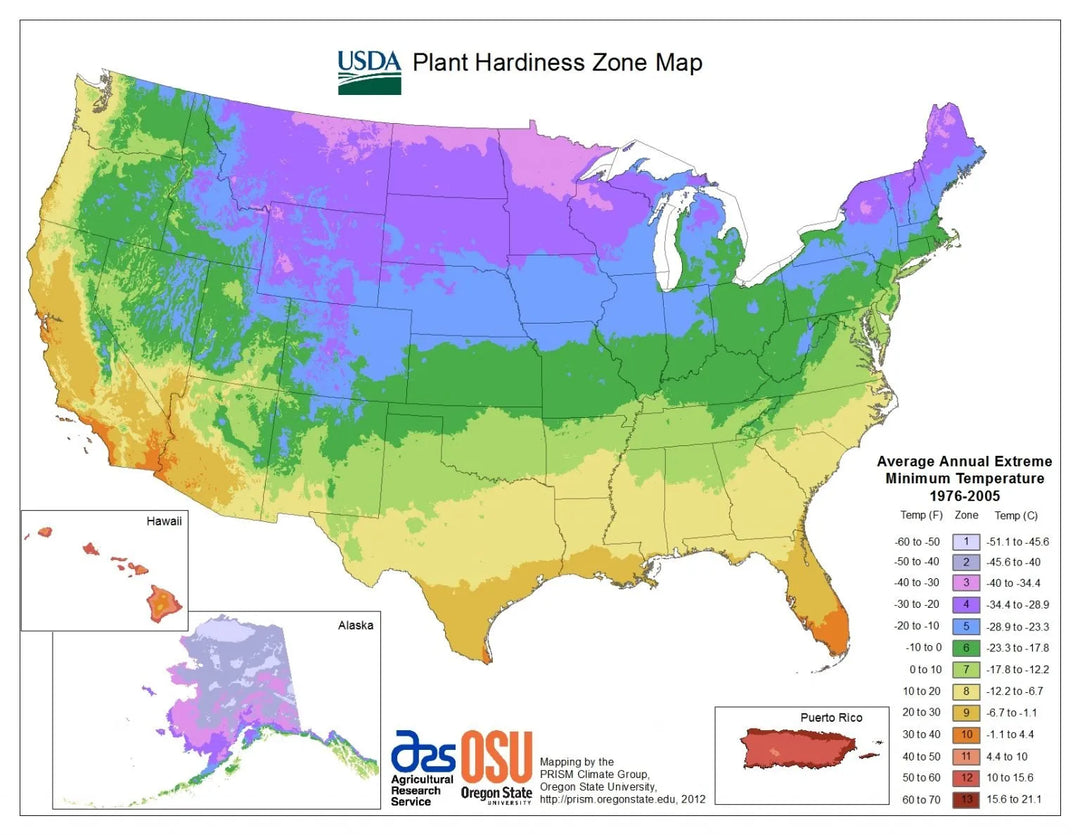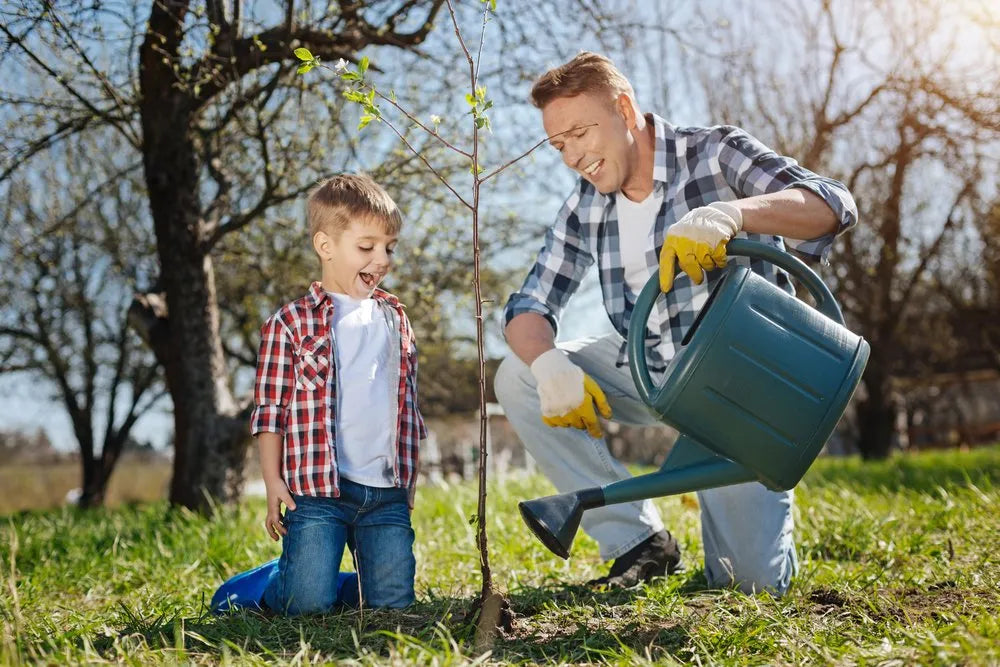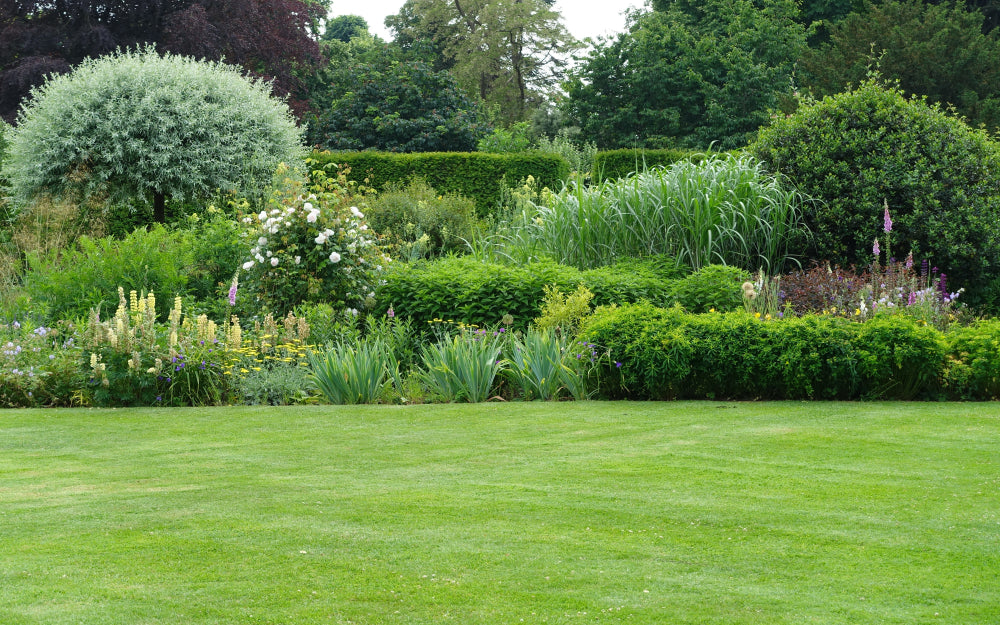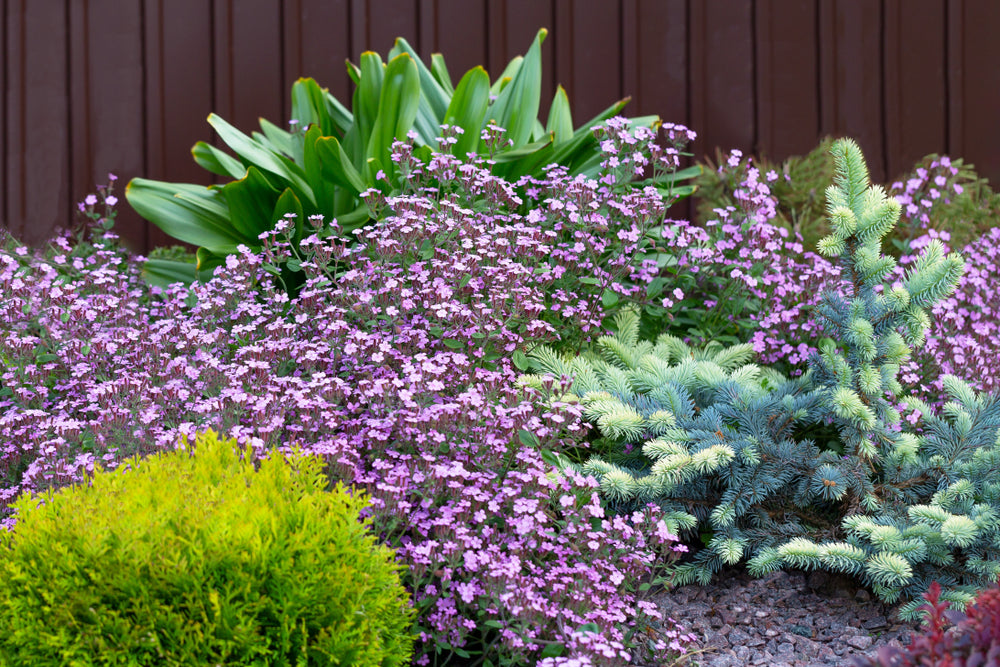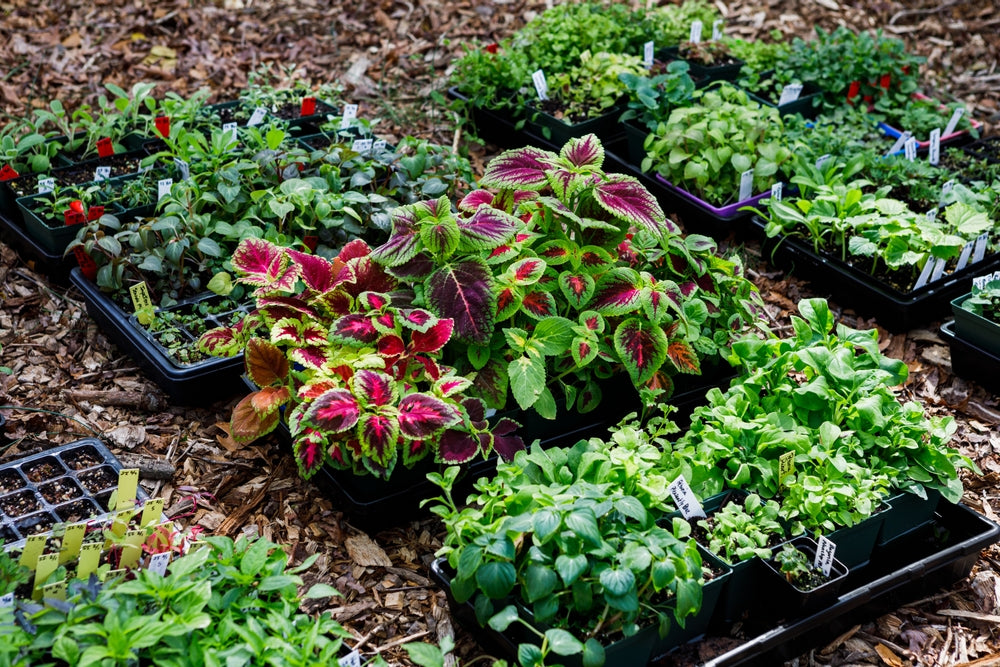What Is Your Local Hardiness Zone (and Why Does It Matter)?
Your local hardiness zone or growing zone is your specific region of the country. The Hardiness Zone map splits the country into 13 separate regions or zones. Each region reflects the growth rate and survival capabilities of specific plants in different climates. Using the information about your region can help you determine which plants are most likely to survive and thrive in your zone and help you plan your garden or landscaping design more effectively. Let’s take a look at the different hardiness zones and go over why they are so important to gardeners and landscape design specialists.
What Is Plant Hardiness?
The hardiness of plants, flowers, vegetables, and other crops is their ability to survive and thrive in adverse conditions. The primary factor that affects a plant’s hardiness is climatic adversity. This means the plant’s ability to withstand cold weather, heat, flooding, and high winds. Planting cold hardy plants means that your plants are much more likely to survive the winter and avoid injury or death. Heat hardy plants are able to withstand extreme heat. Drought tolerant or drought hardy plants can go long periods of time without water or survive with very little water.
Finding Your Hardiness Zone
You can find your local hardiness zone using the USDA Hardiness Zone Map. You just need to enter your zip code into the map to determine your zone. For instance, the hardiness zone for southern Georgia is 9a. The local hardiness zones throughout the Southeastern United States range from 7b – 11a.
How Are Hardiness Zones Determined?
The hardiness zones are determined by the average annual minimum winter temperatures (not the lowest temperatures ever). This means that hardiness zones can change from year to year as the country’s average temperatures rise and fall. The country is divided into zones based on 10-degree Fahrenheit differences in temperature. The map can be further divided into subcategories of a and b with a five-degree margin.
How Can You Use Your Hardiness Zone in Gardening?
Understanding your region’s hardiness zone will help you recognize which plants will and will not thrive in your garden. You can avoid wasting time, money, and energy cultivating plants that don’t have a high survival rate in your climate. You can instead invest your time and money wisely by choosing plants that are a match with your zone. This is especially important if you are in the landscaping or gardening business, run a nursery or sell plants, or are growing plants or crops to sell.
What Other Factors Contribute to Planting Success?
In addition to your hardiness zone, other factors can contribute to your success when growing plants, flowers, and vegetables. Your growing degree days, local rainfall levels, and soil type also play a role in determining the success of your garden or crops.
Regional Plant Hardiness Zones

In addition to creating 13 plant hardiness zones across the country, the USDA has also broken down the gardening zones by region: North Central, North East, North West, South Central, South East, and South West. Let’s take a look at the climate conditions and other helpful information in each zone:
- North Central – This region, made up of zones two through five, includes North Dakota, South Dakota, Minnesota, Wisconsin, Nebraska, Iowa, Illinois, Kansas, and Missouri. The average winter temperatures are much cooler, and the first frost typically occurs in September.
- North East – This region, made up of zones one through seven, includes Michigan, Indiana, Ohio, Kentucky, Virginia, West Virginia, Pennsylvania, New York, New Jersey, Maryland, Delaware, Connecticut, Massachusetts, New Hampshire, Maine, Vermont, and Rhode Island. The average winter temperatures range from -5 to -50 degrees, and the first frost date occurs sometime in September through October.
- North West – This region, made up of zones three through nine, includes Oregon, Washington, Montana, Idaho, Wyoming, and Northern California. These climates are usually wet in the winter, and the first frost usually occurs in September.
- South Central – This region is made up of zones six through 10 and includes parts of Texas, Oklahoma, Arkansas, Louisiana, Mississippi, and Alabama. These areas are typically dryer and hotter than other parts of the country.
- South East – This region, made up of Tennessee, North Carolina, South Carolina, Mississippi, Alabama, Georgia, and Florida, gets its first frost in mid-October, though some areas don’t experience a frost at all.
- South West – This region, made up of zones three through 10, includes parts of California, Nevada, Utah, Colorado, Arizona, and New Mexico. Most areas experience extreme heat in the summer and extreme lows in the winter. They also see less humidity and rainfall.
Choosing Plants for Your Hardiness Zone
Most nurseries and professional plant sales centers use hardiness zones to choose which plants to stock in their regions. However, when you are looking at online plants for sale, you will need to be careful about choosing plants that will survive in your local hardiness zone. When you look at a plant’s description, it should say something like, “This plant is rated for zones:” and list the appropriate compatible zones. A nursery employee should also be able to help you choose the right plants for your local hardiness zone.
Looking for the Best Georgia Nursery?
If you’re looking for a local Georgia garden center or wholesale nursery in Georgia or the Southeastern United States, contact us today at Hahira Nursery. We offer a wide selection of high-quality online plants for sale, and our experts can help you choose the right plants for your hardiness zone. We specialize in perennials, ornamental grasses, annuals, vines, groundcover, shrubs, and more. We operate a retail garden center in Hahira, GA, and an online plant nursery, as well as wholesale plant services throughout the Southeastern United States. Visit our nursery, contact us online, or place an order through our online store today.
